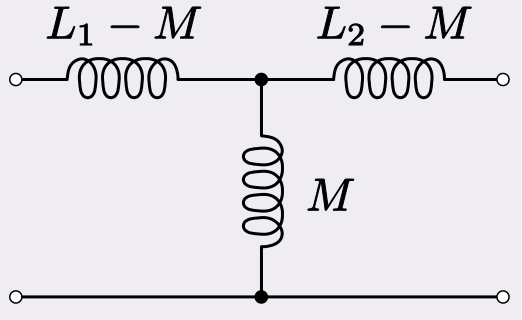I have a series RLC circuit with mutual inductance between the transmitter end and the receiver end.
I am trying to formulate a simple transfer function. I can formulate the transfer function by applying KVL to both transmitter loop and receiver loop and solving them to derive, load voltage/input voltage.
But I am a beginner in circuit theory and till now I have never come across finding the transfer function of a circuit with mutual inductance.
So if somebody can guide me in solving it. or if you know any example then please let me know.
Thanks in advance.




